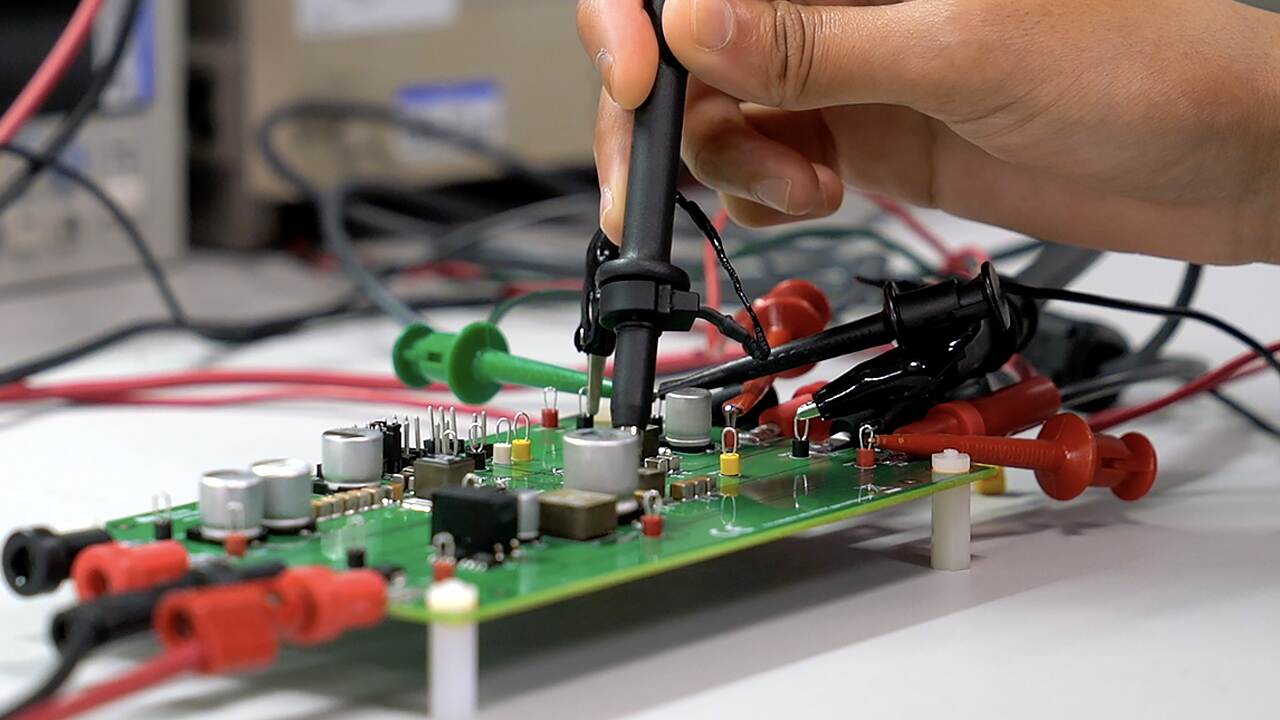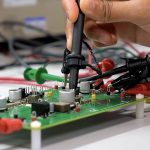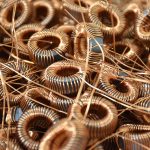Introduction
Power supplies are the lifeblood of electronic devices, converting electrical energy from one form to another to power everything from household gadgets to complex industrial machinery. Designing and manufacturing reliable and efficient power supplies is a critical task that requires a deep understanding of electrical engineering principles, advanced manufacturing techniques, and rigorous quality control. This article provides a detailed overview of the processes involved in designing and manufacturing power supplies, highlighting key considerations and best practices.
Understanding Power Supply Design
Power supply design is the process of creating a system that converts electrical energy from an input source, such as the electrical grid, to a specific output voltage and current suitable for powering electronic devices. There are various types of power supplies, including AC-DC converters, DC-DC converters, and uninterruptible power supplies (UPS), each serving different applications and requiring distinct design approaches.
Key Considerations in Power Supply Design
Output Requirements: The first step in designing a power supply is to define the output requirements. This includes determining the output voltage, current, and power needed by the end device. Designers must also consider factors such as load regulation, ripple, and noise, which can affect the performance and reliability of the power supply.
Efficiency: Efficiency is a critical consideration in power supply design, particularly in applications where energy conservation is essential. High-efficiency power supplies reduce energy waste, lower operating costs, and minimize heat generation, which can prolong the lifespan of both the power supply and the connected devices.
Thermal Management: Power supplies generate heat during operation, which must be effectively managed to prevent overheating and ensure reliable performance. Thermal management involves designing appropriate heat sinks, ventilation systems, and considering the placement of components to optimize airflow and heat dissipation.
Size and Form Factor: The physical size and shape of the power supply are often dictated by the application. Compact designs are required for portable devices, while industrial applications may allow for larger, more robust power supplies. Designers must balance the need for miniaturization with the requirements for power handling and thermal management.
Regulatory Compliance: Power supplies must comply with various international standards and regulations related to safety, electromagnetic compatibility (EMC), and energy efficiency. These standards, such as UL, CE, and RoHS, ensure that the power supply is safe to use and does not interfere with other electronic devices.
Reliability and Durability: A reliable power supply is essential for the longevity and performance of electronic devices. Designers must choose high-quality components and implement protective features such as overvoltage, overcurrent, and short-circuit protection to enhance the reliability and durability of the power supply.
Steps in Power Supply Design
Specification Development: The design process begins with developing detailed specifications based on the application requirements. This includes defining the electrical parameters, environmental conditions, and physical constraints.
Circuit Design: Once the specifications are established, the next step is to design the electrical circuit. This involves selecting appropriate components such as transformers, rectifiers, capacitors, inductors, and control ICs. The circuit design must ensure that the power supply meets the desired output characteristics while maintaining high efficiency and reliability.
Simulation and Testing: Before moving to the manufacturing stage, the power supply design is typically simulated using software tools to predict its behavior under various conditions. Simulation helps identify potential issues and allows for optimization of the design. After simulation, prototypes are built and subjected to rigorous testing to validate the design.
Thermal Design: As part of the design process, thermal analysis is conducted to ensure that the power supply can operate within safe temperature limits. This may involve selecting appropriate heat sinks, designing airflow paths, and choosing materials with good thermal conductivity.
PCB Layout: The layout of the printed circuit board (PCB) is crucial for the performance and reliability of the power supply. Proper layout practices include minimizing noise, reducing electromagnetic interference (EMI), and ensuring efficient heat dissipation. The PCB layout must also accommodate the size and form factor requirements of the application.
Manufacturing Power Supplies
The manufacturing of power supplies involves several key stages, from sourcing components to final assembly and testing. Ensuring high quality throughout the manufacturing process is essential to producing reliable power supplies.
Component Sourcing: High-quality components are the foundation of a reliable power supply. Manufacturers must source components from reputable suppliers and ensure that they meet the required specifications. This includes checking for compliance with relevant standards and certifications.
Assembly: The assembly process involves mounting components onto the PCB, soldering connections, and assembling the power supply enclosure. Automated assembly techniques, such as surface-mount technology (SMT), are commonly used to achieve high precision and efficiency in production.
Testing and Quality Control: After assembly, power supplies undergo thorough testing to verify their performance, reliability, and safety. This includes functional tests, such as verifying output voltage and current, as well as stress tests that simulate extreme operating conditions. Quality control measures, such as visual inspections and automated testing, are implemented to identify and rectify defects.
Regulatory Testing: Before a power supply can be sold, it must pass regulatory testing to ensure compliance with international standards. This includes safety tests, such as dielectric withstand and insulation resistance, as well as EMC tests to ensure the power supply does not cause interference with other devices.
Packaging and Shipping: Once the power supplies have passed all testing and quality checks, they are packaged for shipping. Packaging must protect the power supplies from damage during transit and ensure they reach the customer in optimal condition.
Best Practices in Power Supply Manufacturing
Lean Manufacturing: Implementing lean manufacturing principles can help reduce waste, improve efficiency, and lower production costs. This involves optimizing production processes, reducing lead times, and maintaining high standards of quality control.
Continuous Improvement: Manufacturers should continuously seek to improve their processes, whether through adopting new technologies, enhancing quality control measures, or refining supply chain management. Continuous improvement ensures that power supplies remain competitive in terms of performance, cost, and reliability.
Sustainability: Environmental considerations are increasingly important in manufacturing. Using eco-friendly materials, reducing energy consumption in production, and minimizing waste are all part of sustainable manufacturing practices that can also enhance the market appeal of power supplies.
Conclusion
Designing and manufacturing power supplies is a complex process that requires careful consideration of numerous factors, from electrical performance to regulatory compliance. By adhering to best practices in both design and manufacturing, companies can produce power supplies that meet the highest standards of reliability, efficiency, and safety. As technology continues to evolve, the demand for innovative and efficient power supplies will only grow, making this a critical area of focus for electronics manufacturers worldwide.






